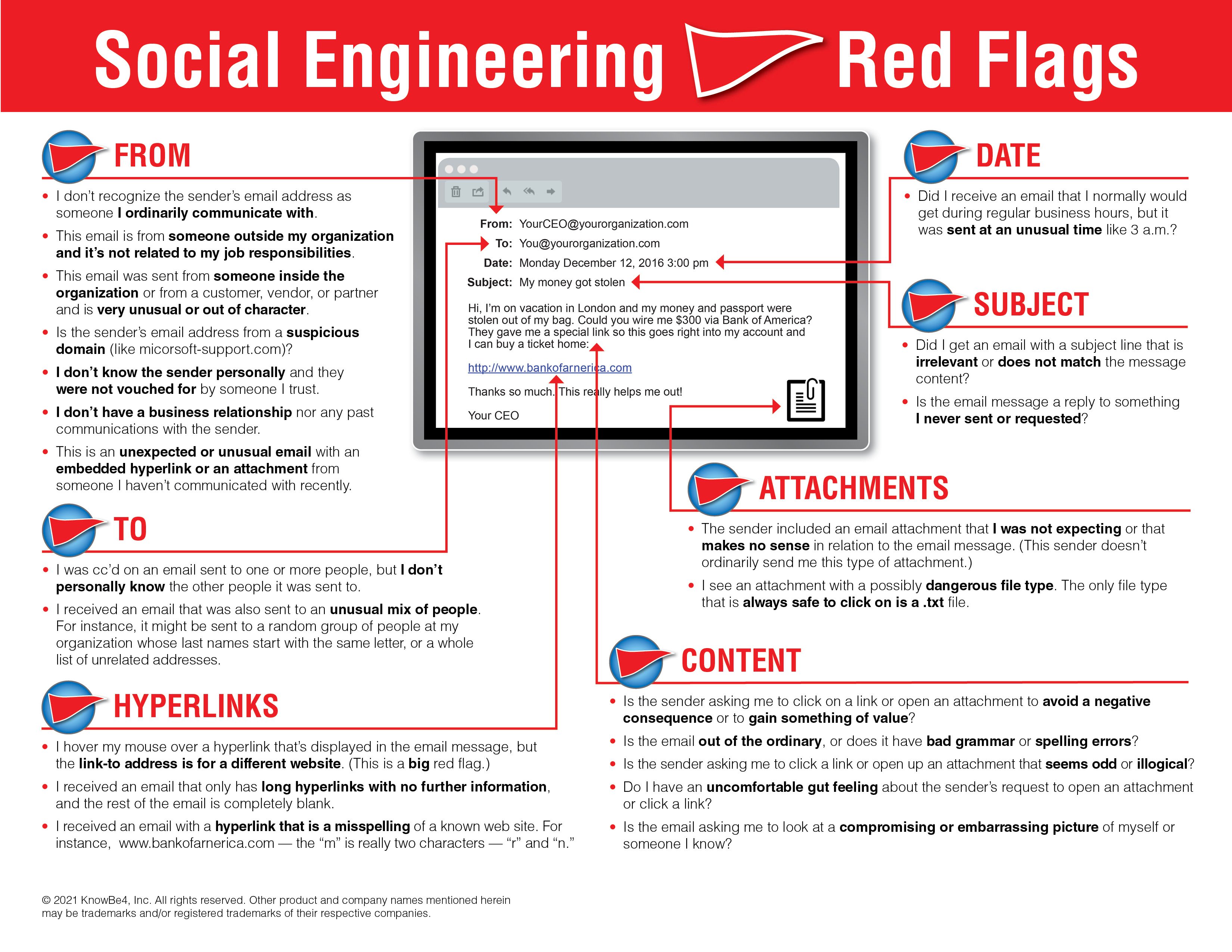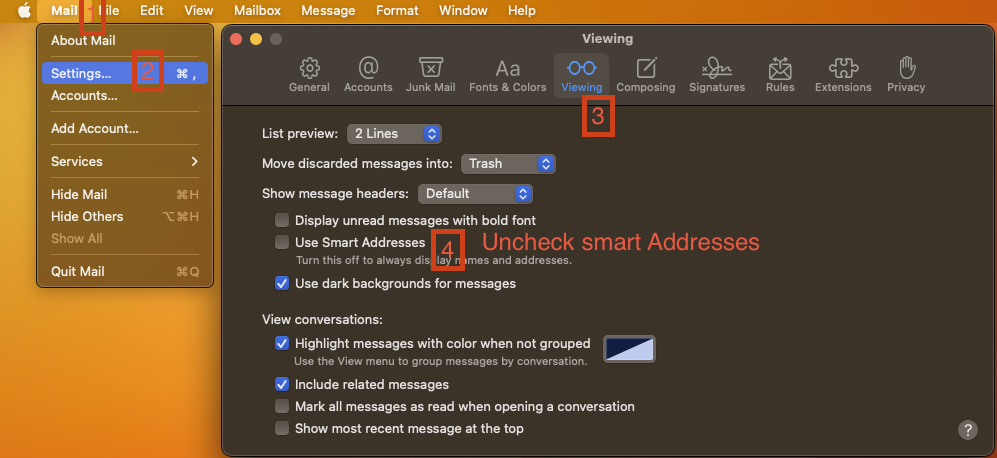Collection of Important Security Awareness Videos
This collection contains essential security awareness videos that will help you recognize and avoid various types of scams and threats. Make sure to watch and understand each one to stay informed and secure.
What is Phishing?
Phishing is a fraudulent attempt, usually made through email, to steal your personal information or trick you into installing malicious software. These attacks often mimic legitimate communications from trusted sources, making them difficult to detect.
Phishing can take many forms, including email phishing, spear phishing (targeted attacks), and smishing (phishing via SMS). Recognizing phishing attempts involves being cautious about unexpected requests for personal information, looking out for poor grammar or odd email addresses, and avoiding clicking on suspicious links.
To further protect yourself, never share personal information through email and always verify the authenticity of requests by contacting the organization directly.

Report Malicious Emails
If you receive a suspicious or malicious email, it’s important to report it promptly to help protect yourself and others in the organization.
- General Reporting: Forward the email as an attachment to infosec@passivelogic.com by Right-Clicking the email and selecting Forward as an Attachment.
- Outlook Users: If you use Outlook, you can easily report phishing or spam by Right-Clicking the email and selecting Report -> Phishing or Spam.
Multi-Factor Authentication (MFA)
Multi-Factor Authentication (MFA) adds an extra layer of security by requiring not just a password and username but also something that only the user has on them, such as a physical token or a mobile app, or something they are, such as a fingerprint. This greatly reduces the risk of unauthorized access even if a password is compromised.
Setting up MFA is essential for securing your accounts. Ensure MFA is enabled on all critical services, especially email, financial accounts, and any system containing sensitive information.
Strong Passwords and Password Managers
Creating strong, unique passwords for each of your accounts is one of the most effective ways to protect your online presence. A strong password typically includes a mix of letters, numbers, and symbols, and avoids using easily guessable information such as birthdays or common words.
However, remembering multiple strong passwords can be challenging. This is where password managers come in. Password managers securely store and manage your passwords, generating strong passwords for new accounts and automatically filling them in when needed. This way, you only need to remember one master password.
Popular password managers include LastPass, 1Password, and Bitwarden. Implementing a password manager can significantly improve your security posture by ensuring you use strong, unique passwords across all your accounts.
Show Sender Email in Apple Mail Client
If you're using the Apple Mail client, follow these steps to display the sender's email address by default:
- Open the Apple Mail client.
- Go to Mail -> Settings in the menu bar at the top of the screen.
- Click on the Viewing tab.
- Uncheck the box next to 'Use Smart Addresses' to always display the sender's email address.

Close the Preferences window to save your settings.
Apple Mail Client Tutorial
If the 'Use Smart Addresses' box is already unchecked but you still can't see the sender emails, follow these steps:
- Check the 'Use Smart Addresses' box.
- Quit the email client.
- Re-open the email client and redo the instructions above.
If the provided solutions do not resolve the issue, you're welcome to reach out to us on the InfoSec Zoom channel or visit us in the IT/InfoSec room. We're here to assist you.
Once completed successfully, the sender's email address should now appear by default, as illustrated in the picture below:

Next Steps
After understanding the basics of phishing, MFA, and password management, it’s important to stay vigilant and proactive in your cybersecurity practices.
- Reporting: Always report suspected phishing attempts or other security incidents to infosec@passivelogic.com.
- Stay Updated: Regularly check internal cybersecurity bulletins for the latest updates and tips.
- Continuous Learning: Engage in ongoing cybersecurity training and awareness to keep up with the latest threats and best practices.
- Overall Goal: Build a stronger, safer digital environment for PassiveLogic with vigilance as the first line of defense against cyber threats.